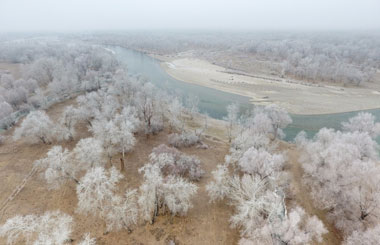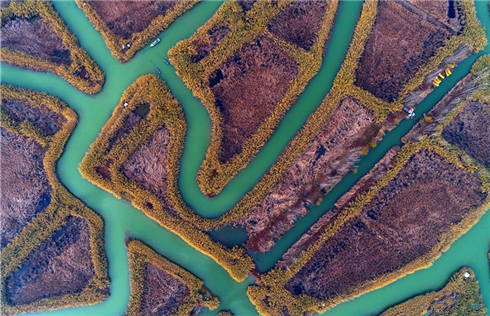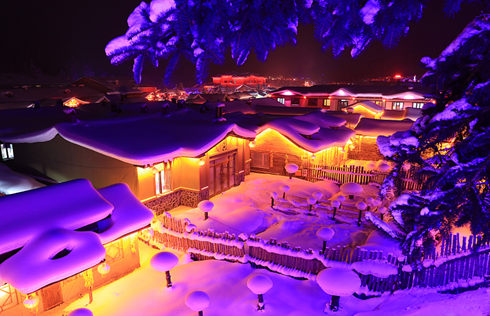Dali Shaxi ancient town
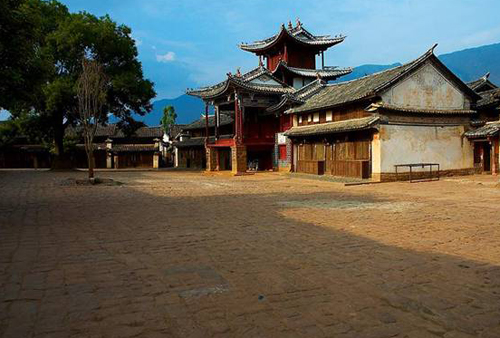
Shaxi Town. [Photo/CRIENGLISH.com] |
Shaxi Town, one of the world's 100 most endangered sites listed by the World Monuments Fund is a place where you can breathe in fresh air around-the-clock.
The ancient village in Yunnan Province is located in the southeastern part of a nature reserve where the Jin Sha, Lantsang and Nu Jiang rivers converge.
Shaxi's agreeable climate, beautiful natural scenery and rich natural resources make it a place where the temperature is never too high or too low, and the water is greenish-blue and bluish-green.
Shaxi is also a village with a long history that can be traced back to the Spring and Autumn period and the Warring States period (770 BC-221BC).
Shaxi town was built on the remains of an ancient market town and was once an active trade stop on the Southern Silk Road that connected southwest China's hinterland with Southeast Asia and on to Europe, which is actually older than the more famous Silk Road (in the North), predating it by at least 300 years.
Stone Treasure Mountain and the Friday Market are the two most popular tourist attractions in Shaxi Town. Stone Treasure Mountain, a fantastic nature reserve and religious site that was designated as one of the first officially protected sites by China in 1982. There are numerous temples and grottoes as well as some fantastic views there. Going up to the temple there are some families of monkeys that sometimes turn very aggressive with visitors, although tourists have reported only minor injuries.
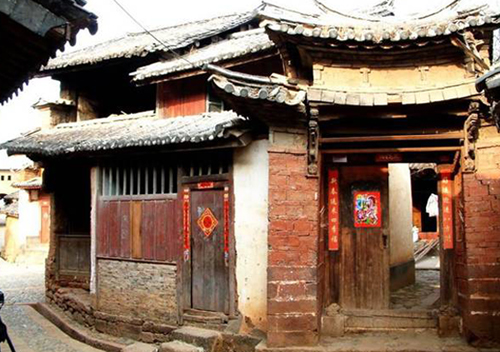
Shaxi Town.[Photo/CRIENGLISH.com] |
But if you have never seen what an ancient Chinese market looks like, your curiosity will be satisfied if you go to Shaxi. The Friday Market is located on the main road in Sideng. Just follow the crowd. As the last remaining market town on the ancient Tea & Horse Caravan Trail, Shaxi still hosts the local market every Friday.
The Bai ethnic people from all the villages in Shaxi Valley and the Yi people from the surrounding mountains come here to trade everything from fresh produce to supplies and horses.
Minority women dress in colorful traditional costumes, and men will often lead pack mules to carry supplies back to their mountain villages, much like in the days of the Tea & Horse Caravan Trail hundreds of years ago.




